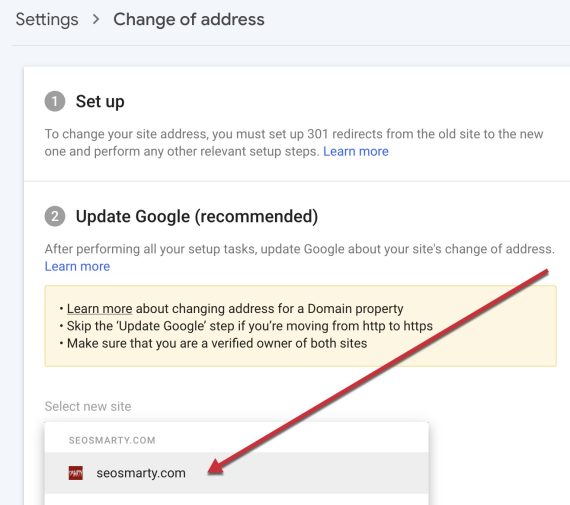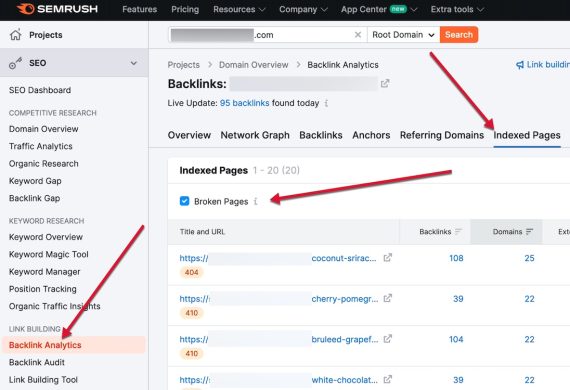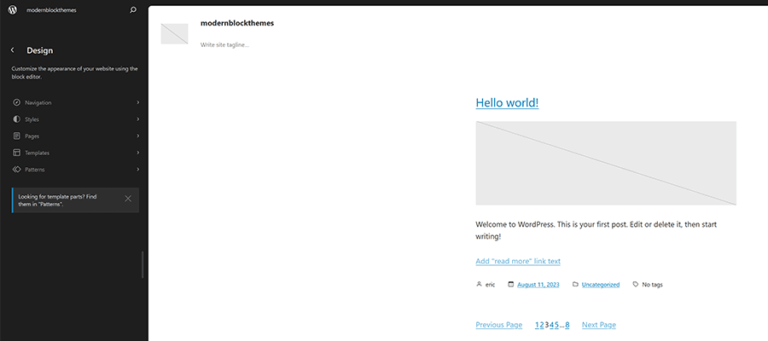Businesses change website domains for many reasons — rebranding, acquisition, product changes, and more. While it is often necessary, a new domain reduces organic search traffic by upwards of 30% in my experience.
Similar to a new URL structure, domain changes require 301 redirects, which leak equity. I’ve seen rankings slip for months afterward. If the decline persists, a detailed audit could help.
Here are my go-to tools for domain-change audits.
Google Search Console
The first step is to keep the abandoned domain verified within Search Console to access historical ranking and click data.
Next, after verifying the ownership of your new domain, notify Google of the switch via Search Console’s “Change of Address” tool at Settings > Change of address.


Notify Google of the new domain via Search Console’s “Change of Address” tool. Click image to enlarge.
Search Console can identify which pages or folders lost the most traffic from the move. For this, open the Performance > Pages reports for the old and new domains (each in separate tabs). By default, both URL lists are sorted by the number of organic clicks, making it easy to compare the top-performing pages.
Don’t delay the research, as Search Console shows only 16 months of data. I typically access the report two, three, and four months afterward to monitor shifts.
It’s a good sign if no sections, categories, or URLs decline more than others — the move likely produced no structural problems.
If some areas slipped more than others, turn to the Wayback Machine.
Wayback Machine
Domain changes frequently include altering the site structure, especially with acquisitions or product differences. Wayback Machine helps identify which structural changes lowered traffic.
Having noted in Search Console the URLs with material drops, compare archived versions of those pages in Wayback Machine to the new ones, ensuring:
- The main navigation includes the URLs as prominently as the previous domain,
- The URLs are interlinked throughout the site — in related products, guides, sidebar widgets, footers, and so on.
Semrush
A loss in link equity from the old site to the new could account for the traffic decline. Semrush can help pinpoint the loss.
To start, run both domains through the tool’s primary analysis bar. Then proceed to Backlink Analytics > Indexed Pages and check the box “Broken links.” This report for both sites will list the pages that have broken backlinks and return 404 or 410 errors.


Semrush’s “Broken links” report lists the pages that return 404 or 410 errors. Click image to enlarge.
Screaming Frog
Domain changes often produce unexpected structural glitches. Hence it’s critical to run the new site through a web crawler such as Screaming Frog, JetOctopus, or similar.
Most crawlers allow limited access for free. Screaming Frog, for example, crawls 500 pages without charge. Beyond that, the paid version is $259 per year. It includes a crawl-compare feature, handy for contrasting crawls of the old site and the new.
When crawling a site, look for redirect chains. These trap external and internal link equity and extend the crawl time. Both may cause traffic declines.






